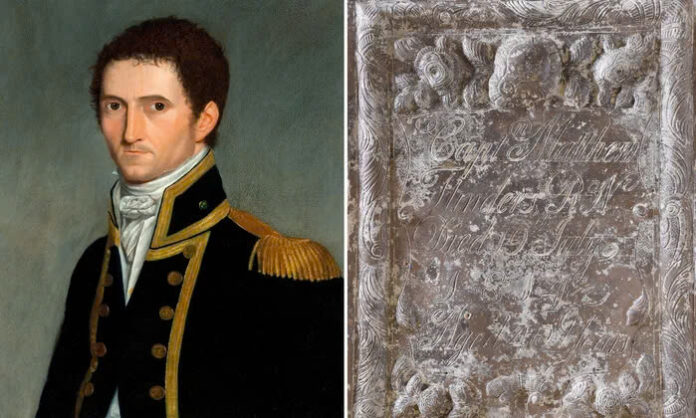A Historical Discovery
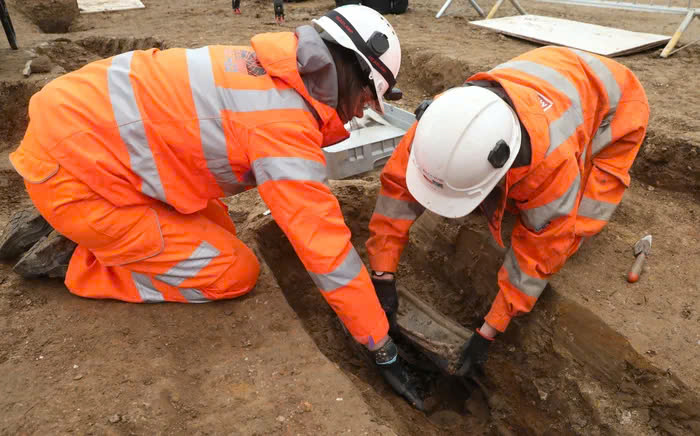
In a remarkable turn of events, the lead coffin plate of Captain Matthew Flinders, the renowned explorer who first circumnavigated Australia, has completed an extraordinary journey from London to South Australia. The artifact, bearing the inscription “Capt. Matthew Flinders RN, died 19 July 1814, aged 40 years,” now resides in a modern building in central Adelaide.
The Lost and Found Explorer
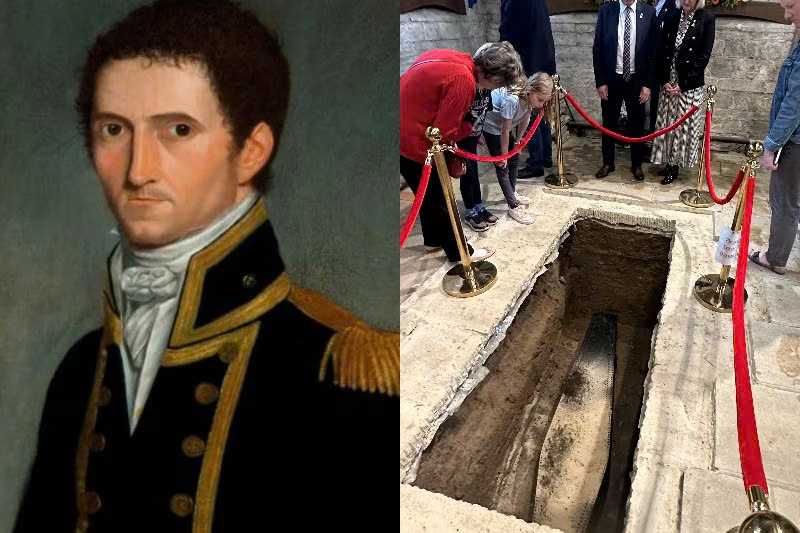
Flinders, who returned to England in 1810 after numerous adventures including detention in Mauritius, succumbed to kidney disease shortly after publishing his seminal work “A Voyage to Terra Australis.” He was laid to rest in St James’s burial ground near Euston station, but his grave’s location was lost to time, spawning urban legends about its whereabouts beneath various train platforms.
An Archaeological Breakthrough
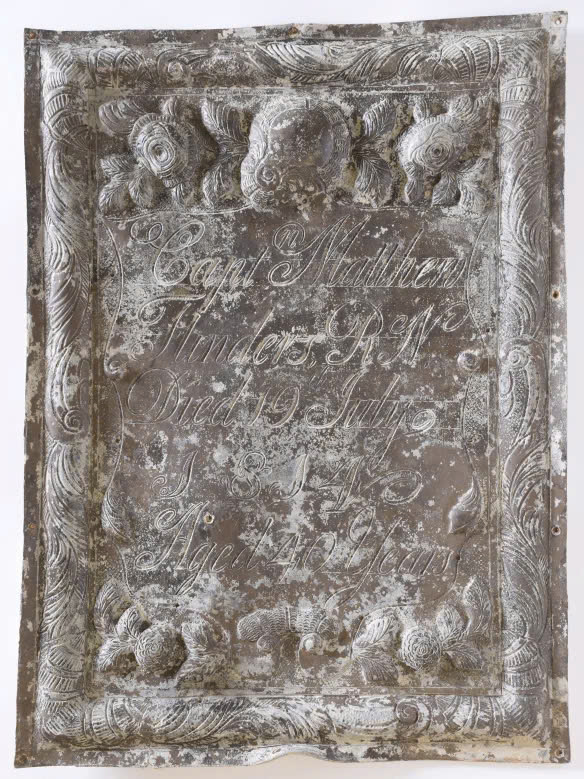
The story took a dramatic turn in 2019 during the construction of the HS2 high-speed rail network. Among tens of thousands of exhumed bodies, archaeologists made a breakthrough discovery. Helen Wass, HS2’s head of heritage, recounts the exciting moment when they uncovered the lead coffin plate, preserved remarkably well due to its material composition.
Video
A Legacy Preserved
Last year, Flinders’ remains were reinterred in his hometown of Donington, Lincolnshire, with a replica plate marking his final resting place. The original plate was entrusted to South Australia’s governor, Frances Adamson, for its journey to Australia. Today, the History Trust of SA and Flinders University jointly preserve this historical treasure alongside other significant artifacts, including a first edition of Terra Australis, Flinders’ personal effects, and a portrait of Bungaree, the Aboriginal man who accompanied him on his voyages.
A Lasting Impact
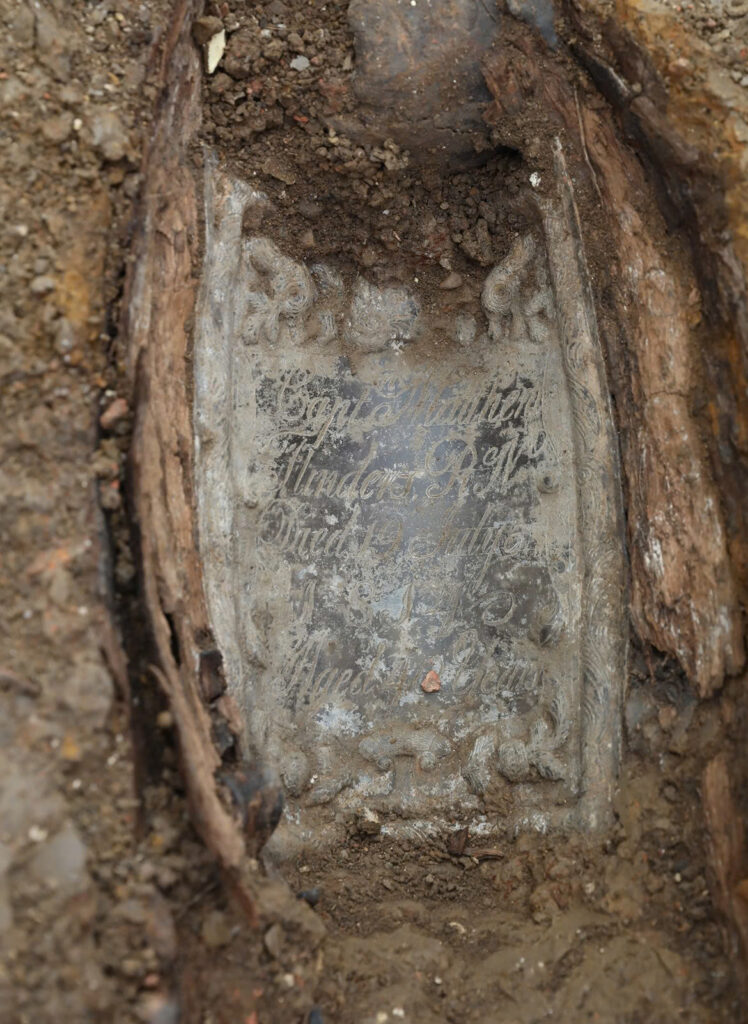
Flinders’ legacy lives on throughout Australia, with numerous geographical features bearing his name, including the Flinders Ranges, Flinders Island, and Flinders Chase National Park. The coffin plate, which will eventually find its permanent home in a maritime museum in Port Adelaide, serves as a tangible connection to this pioneering explorer who played a crucial role in mapping and naming Australia.
